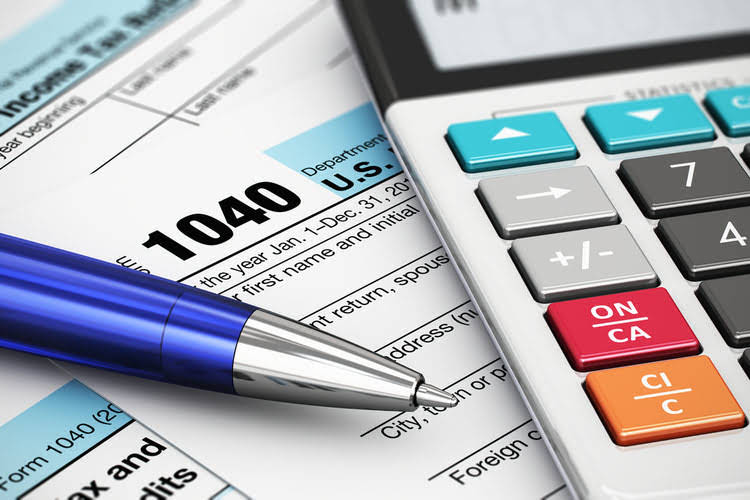The expenses that factor into gross profit are also more controllable than all the other expenses a company would incur in its overall operations. Gross profit emphasizes the performance of the product or service a company is selling. Net income shows the profit from all aspects of the business operations of the company. Because the expenses that factor into gross profit are inevitable expenses, investors consider gross profit a measure of a company’s overall ability to generate profit. When the value of COGS decreases, this means an increase in profit, implying that you will have more money to spend on your business operations. If gross profit is too low, it might be necessary to either increase prices or find ways to reduce costs.
Why You Can Trust Finance Strategists
The gross profit ratio only shows the profitability of a business, not its liquidity or cash position. Also, it doesn’t consider other expenses that are necessary for running the company’s operations. Both components of the formula (i.e., gross profit and net sales) are usually available from the trading and profit and loss account or income statement of the company.
What is the approximate value of your cash savings and other investments?

Here are 5 simple actions you can take to quickly start figuring out your gross profit percentage. On the other hand, net profit is the final profit after all expenses and incomes of the business are accounted for. It evaluates how well the company manages its production, raw material costing, labor costs, and spoilage due to manufacturing. Net income is the last line item on an income statement and accounts for all costs and expenses, including taxes. Profit before tax will always be higher than net income, as it doesn’t deduct taxes. Some analysts are interested in top-line profitability, whereas others are interested in profitability before certain specific expenditures, such as taxes and interest.

How to Calculate Gross Profit
- Gross profit measures the revenue a business earns after deducting the cost of goods sold.
- To find your sales revenue, either look at your financials, like income statements, or calculate all of your earnings for the term you’re looking at.
- The purpose of net income and gross profit are entirely different in terms of determining the success of the company.
- You’ll also read about strategies to reduce costs and operating expenses, and increase company profits.
- The cost of sales in Year 2 represents 78.9% of sales (1 minus gross profit margin, or 328/1,168); while in Year 1, cost of sales represents 71.7%.
As COGS will then appear lower and revenue higher, the gross profit margin artificially inflates. The cost of sales in Year 2 represents 78.9% of sales (1 minus gross profit margin, or 328/1,168); while in Year 1, cost of sales represents 71.7%. According to a study of over 13,000 businesses, the average gross profit margin in the retail industry is 53 percent, but this percentage may be higher or lower for other industries. This gross profit margin assesses the profitability of your business’s manufacturing activities.


Understanding gross profit is important for assessing a company’s production efficiency and tracking its growth and profitability. It can be thought of as the proportion of sales over the direct costs incurred in producing the good. Raw materials and direct labour make up the majority of these direct costs, also known as COGS. As a result, the gross profit is divided by the total sales stated in percentage terms to arrive at the gross profit percentage formula. Net income, also called “net profit” or “net earnings,” is usually the last line item on a company’s income statement.
How To Calculate Gross Profit: Formula and Example
To calculate gross profit, subtract the cost of goods sold from the sales revenue. For instance, XYZ Law Office has revenues of $50,000 and has recorded rent expenses of $5,000. The company’s gross profit in this scenario is equal to its revenue, $50,000. COGS, as used in the gross profit calculation, mainly includes variable costs, which are the costs that fluctuate depending on the output of production. COGS, also referred to as “cost of revenue” or “cost of sales”, refers to the direct costs involved in creating a product.

How To Analyze Gross Profit Margin
Consider how you can use marketing strategies to find new customers or increase the purchase volume of existing customers. Check whether your competitors are reaching customers you might be missing—for example, with different social media platforms or targeted ads to specific groups. Learn the typical range for a company of your size to assess whether you’re in line with industry standards.
Our website services, content, and products are for informational purposes only. The NYU Stern School of Business compiled a list of average profit margins per industry that you can refer to. One way to address that low NPM would be to reduce overhead costs and rent a smaller space. What happens when you include those administrative expenses in your calculation?
Would you prefer to work with a financial professional remotely or in-person?
Both ratios provide different details about a business’ performance and health. The gross profit formula is used to calculate the gross profit by subtracting the cost of goods sold from revenue. Revenue equals the total sales, and the cost of goods sold includes all of the costs needed to make the product you’re selling. Gross profit is a great tool to manage both sales of products or services, and the cost of goods sold (COGS). This discussion defines gross profit meaning, calculates gross profit using an example, and explains components of the formula. You’ll also read about strategies to reduce costs and operating expenses, and increase company profits.
- The same goes for other variable costs such as packaging and other ingredients you need to make your product.
- Companies can use different methods to assess their inventory value, affecting the COGS directly.
- If you find that your gross profit margin does not grow, it’s an opportunity to re-examine your pricing strategy, assess your operational efficiency, or re-consider your vendors.
- It measures how much revenue a company keeps after deducting basic operating costs, which can help businesses find opportunities to increase efficiency.
- In short, a company that reports an increase in gross profit doesn’t necessarily mean the company is more profitable.
- Understanding gross profit is important for assessing a company’s production efficiency and tracking its growth and profitability.
Formula for Calculating Gross Profit
- Sandra Habiger is a Chartered Professional Accountant with a Bachelor’s Degree in Business Administration from the University of Washington.
- The COGS includes all costs that are directly related to creating and selling the product or service.
- The gross profit margin helps determine how well a company generates revenue from the cost of producing goods and services.
- Gross profit helps a company analyze its performance without including administrative or operating costs.
- The expenses that factor into gross profit are also more controllable than all the other expenses a company would incur in its overall operations.
The metric is expressed as a percentage of sales and may also be known as the gross margin ratio. Gross profit calculates the gross profit margin, a metric that evaluates a company’s production efficiency over time. It measures how much money is earned from sales after subtracting COGS, showing the profit earned on each dollar of sales. Comparing the gross profit does not take into account: gross profits year to year or quarter to quarter can be misleading since gross profits can rise while gross margins fall. The cost of goods sold (COGS) represents the direct expenses incurred in producing the goods or services sold by a company. This directly impacts gross profit margin as it is half of the equation used to calculate this metric.

